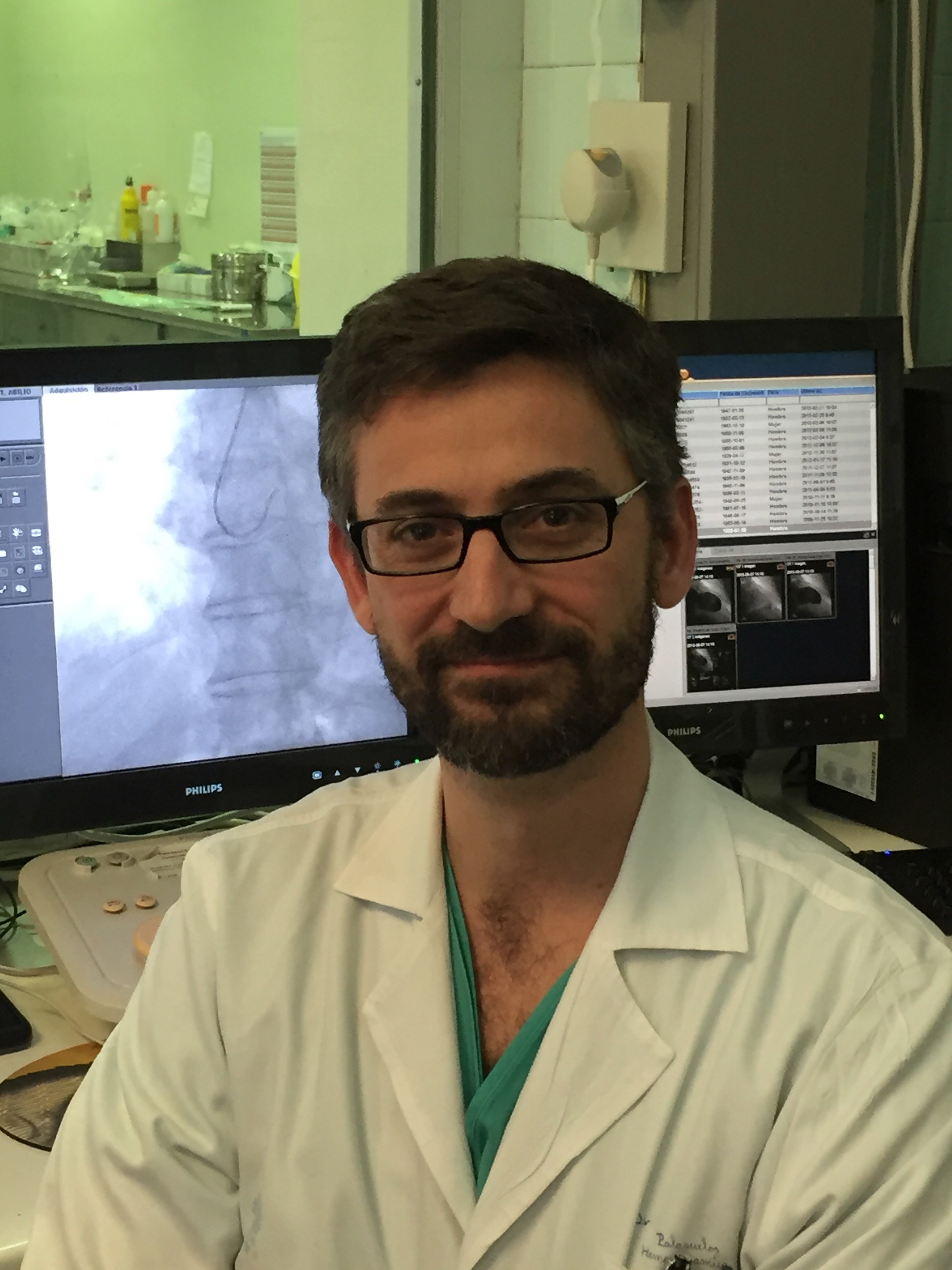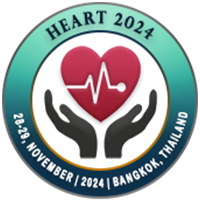
Jorge Palazuelos
, Hospital La Luz , SpainTitle : Rotational atherectomy for the management of bifurcation lesions: a pilot randomized study
Abstract
BACKGROUND:
Coronary bifurcation lesions are often seen in interventional practice and
result in challenges in management. In spite of defined techniques side branch
compromise is still the most important problem. Currently standard strategy
recommended is a 1-stent technique: plain old balloon angioplasty (POBA) and
provisional stenting. Published non-randomized data showed in up to 26% the
indication for RA was to preserve side branch. Randomized comparison of
rotational atherectomy and provisional stenting (RAPS) with standard strategy
(SS) for the treatment of bifurcation lesion (BL) is needed.
METHODS: We
conducted a single center prospective randomized pilot study of consecutive
patients from our Institution. Consecutive patients with BL have been screened.
We compared RAPS vs SS. Lesions must be located only in the main vessel (BLMV).
Primary endpoint was need for side-branch treatment.
RESULTS: 148 pt
were included: 74 patients (95 RA) were enrolled in the RAPS group and 74
patients were included in the SS group. BL most treated was proximal LAD.
Primary endpoint was lower in RA+: 1.1% vs 31.2% (p < 0.001) in RAPS vs SS.
TVF were 13.1% and 24.8% (p = 0.04) in RAPS and SS respectively. Primary
endpoint and TVF were higher if BL<70º in comparison with BL ?70º (p= 0.03 and
p = 0.02) in both groups.
CONCLUSIONS:
Need for SB treatment and TVF were lower in RAPS approach than in SS. BL<70º
increases SB compromise and TVF rates. SS was associated with a 4.92 times
greater risk of SB compromise than RAPS in BL <70º. This data reinforce the
perception of an overall clinical relevance RAPS approach for SB patency.
Biography
Jorge Palazuelos has studied Medicine at Complutense University (Madrid, Spain) and completed his PhD (2004) and Cardiology Speciality (2005) at Navarra University. He is the Head of Interventional Cardiology at several hospitals. He is proctor of rotational atherectomy and also performed structural procedures such as TAVR, atrial septal defects closure, left atrial appendage closures, etc. His unit is involved in several studies. He has been serving as an editorial board member and reviewer of several reputed journals

